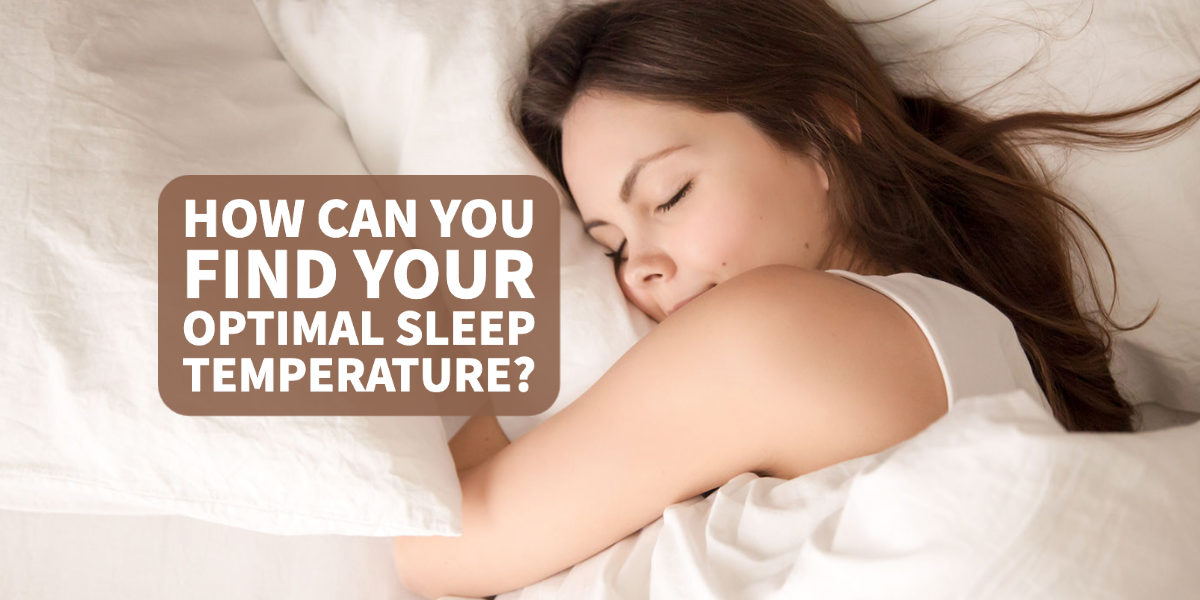Did you know that sleeping in a cool room has several advantages? Cold temperatures, for example, may help people with sleep problems to snooze a bit better, slow the aging process by reducing inflammation, reduce stress levels, and much more! While everyone has their own preferences regarding sleeping habits, some people prefer a colder temperature. In contrast, others prefer having the temperature at night raised a few degrees higher. Join our experts from Five Star Heating & Cooling in Dayton as we go through some valuable methods for determining your optimal sleep temperature.
Do You Know What Type Of Sleeper You Are?
Knowing the difference between a warm sleeper and a cold sleeper can be super helpful on your journey to obtaining higher quality of sleep. Finding strategies that will promote uninterrupted, relaxing sleep will lead you to highly essential REM sleep, which is a huge health benefit for physical and mental health. REM sleep replenishes the body and rejuvenates the mind. Continue reading so you can discover what kind of sleeper you are:
- Cold sleepers: You’re a cold sleeper if you need cozy pajamas and warm blankets to go to sleep and stay asleep at night. To help you get better sleep, decrease the temperature in your home at night. You should also wear warm sleepwear such as flannel or a weighted blanket to unwind.
- Warm sleepers: Warm sleepers do not always need to be covered in a blanket to fall asleep. They tend to wear fewer layers for bedtime, and they choose more breathable, lightweight materials for pajamas instead. If you relate to this, consider raising your temperature by a degree or two.
What Is the Optimal Sleeping Temperature For Quality Sleep?
According to the National Sleep Foundation, the ideal sleep temperature is 60 to 67 degrees Fahrenheit (15.5 to 19.4 degrees Celsius). However, as we’ve said, everyone is different. So don’t be concerned if you’re happily sleeping outside of this range! Perhaps you have a higher or lower natural body temperature. So it’s perfectly acceptable to alter your nightly thermostat settings based on your personal sleeping requirements. If you don’t know what a comfortable temperature is for you, the range of 60-67 degrees is, as suggested, a decent place to start.
What Are Other Ways You Can Boost Your Sleep Quality?
Here are a few additional techniques you can do to boost the quality of your sleep:
- Use blackout curtains. They are excellent for making you feel drowsy faster and keeping your room cooler. It is less challenging to keep the room temperature lower when this occurs. Not only that, but blackout curtains also help to block out light and aid in the generation of drowsiness. They absorb heat rather than reflect it as most materials would.
- Consider purchasing higher-quality sleepwear. Sleepwear made of comfy, breathable materials like silk, linen, or high-quality cotton is a good idea. These fabrics help to keep you warm without overheating your body. Keep in mind that the type of sleeper you are may affect the material you should use.
- Use a ceiling or electric fan. Since the use of a fan is multipurpose, it can aid in lowering room temperatures and cooling you off. It can also help you fall asleep more quickly due to its gentle humming effect.
Sleep deprivation has been linked to several health issues, including obesity and diabetes. Many individuals do not get enough restful sleep due to various reasons. This is why determining your ideal sleeping temperature is so vital! It’s an essential element that affects your sleep quality. When you find your optimal sleeping temperature, it helps you to better strategize and work toward consistently getting great sleep! At Five Star Heating & Cooling Cincinnati, we strive for nothing but the best! We are open 24/7, 365 days a year. Call us at (937) 708-8278, or schedule an appointment online by clicking here!






